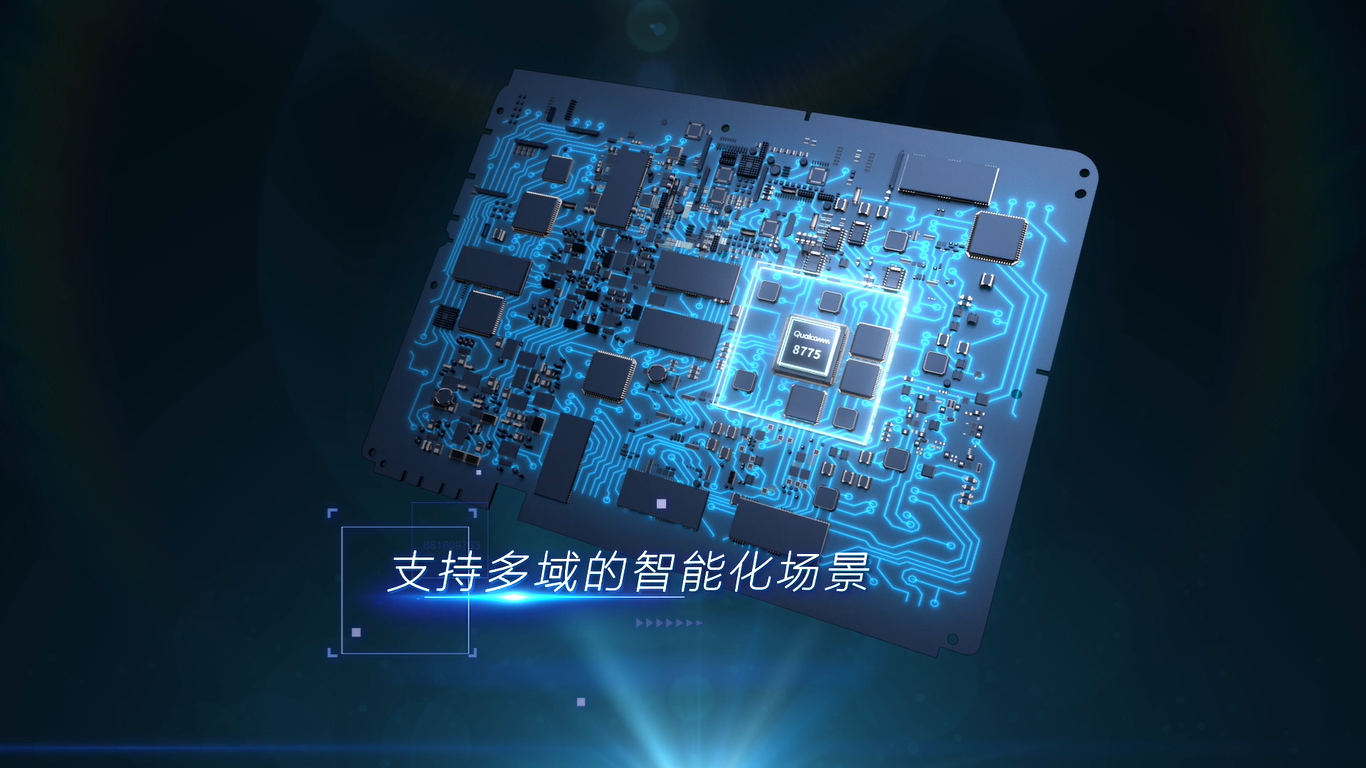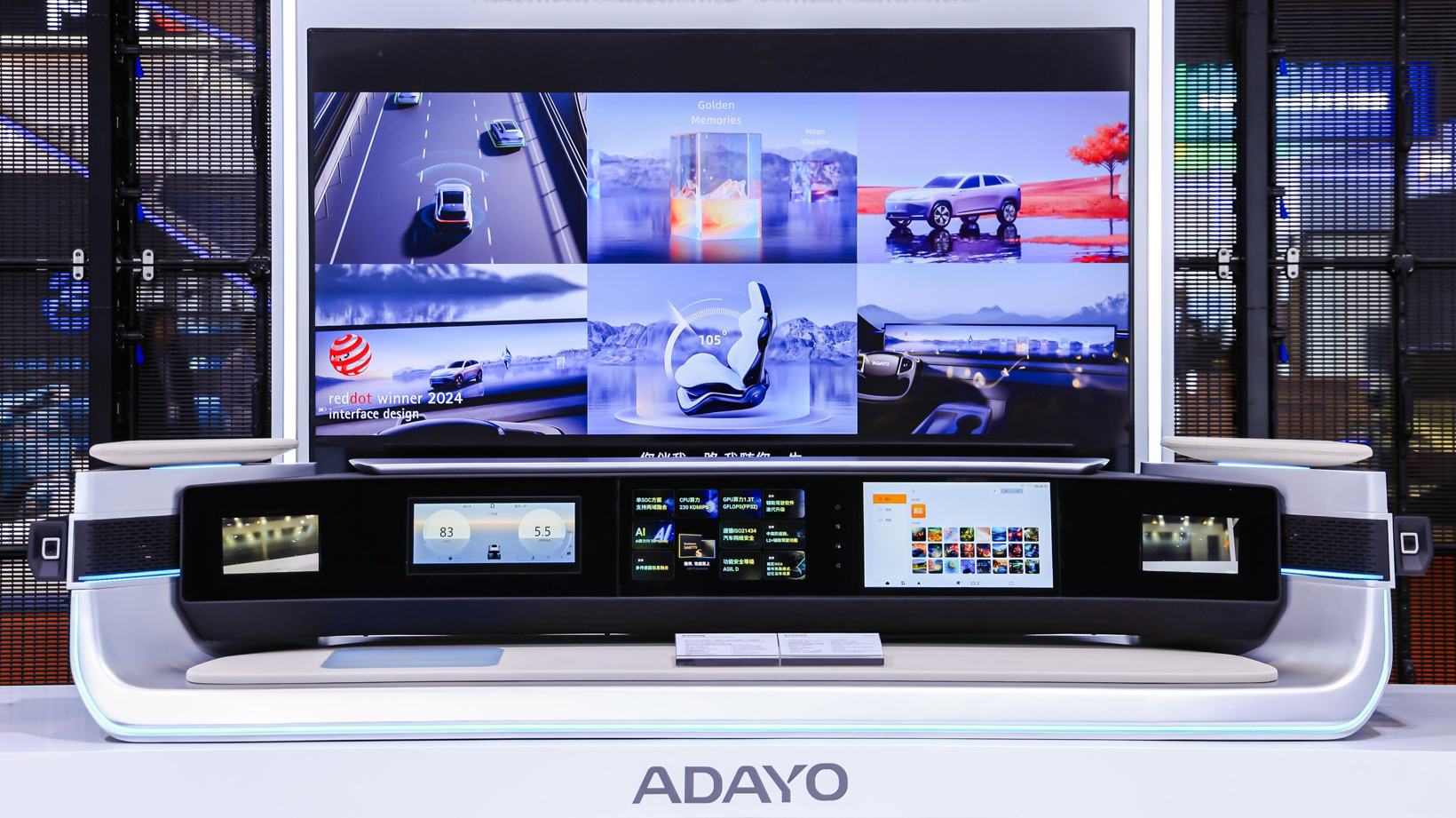Huayang has announced the application for its Central Computing Unit, designed for integrating cockpit and driving systems. This unit is developed on a high-performance, multifunctional chip and adopts a multi-domain fusion architecture, allowing it to consolidate various systems and functions from the cockpit, driving, and vehicle body domains. The system is engineered to fully leverage its abundant computing resources to achieve more intelligent, user-friendly, and diverse cross-domain functionalities and applications. Additionally, it boasts high efficiency, reliability, real-time performance, and strong scalability. The highly integrated design is expected to significantly reduce overall vehicle development costs and shorten development cycles. In collaboration with Qualcomm, Huayang's Central Computing Unit utilizes the Snapdragon Ride Flex (SA8775P) to create an integrated cockpit and driving platform, demonstrating superior performance in CPU, GPU, and NPU capabilities. This platform supports complex smart cockpit functions as well as ASIL-D compliant advanced driving features. It is aligned with future development trends in multi-domain integration across cockpit, driving, and vehicle body areas. The platform can support configurable displays with resolutions up to 48 million pixels and can simultaneously drive up to five 4K screens, providing an immersive high-end visual, infotainment, and gaming experience. It features an efficient DSP framework, high-performance real-time DSP, and low-latency audio technology for a top-tier audio experience, including offline support for audio NPUA and multi-modal AI voice interaction. The pre-integrated visual software stack enables a highly scalable and secure advanced driving experience, capable of expanding to higher performance AI chips to facilitate advanced levels of driver assistance such as L2+ features, including highway NOA, urban NOA, and memory parking. Unique advantages include a single chip supporting multiple domains, effectively integrating various functions while maintaining high efficiency, reliability, and real-time capabilities. The dual AI computing power can be flexibly allocated for enhanced intelligent functionalities. Based on Huayang's open platform AAOP and its scalable design, this system can inherit the rich and mature ecosystem of related products, significantly shortening the development cycle and quickly responding to customer customization needs. The future outlook for centralized architecture shows clear advantages in simplifying wiring, reducing costs, enhancing data processing capabilities, facilitating functional updates and maintenance, improving safety, and supporting software-defined vehicles, all of which help drive the advancement of smart automobile technology and provide users with a safer and smarter driving experience. As chip performance continues to improve and automotive electronic architecture evolves towards high integration, the adoption of the Central Computing Unit as a multi-domain carrier will become inevitable, gradually replacing current cockpit, driving, and other domain controllers.
Huayang Launches Central Computing Unit for Integrated Cockpit and Driving Systems

Images



Share this post on: